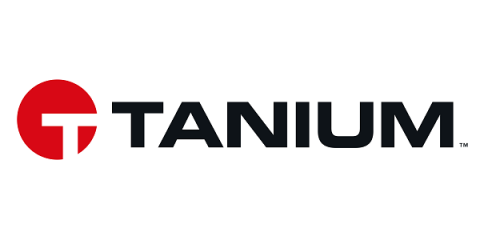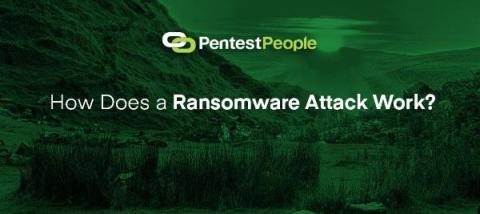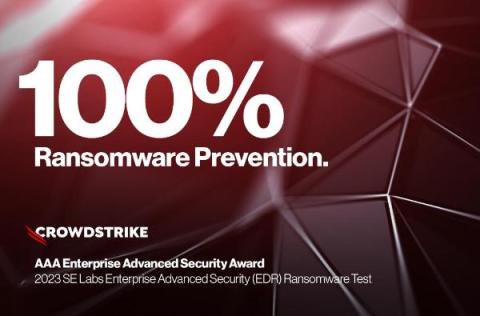Security | Threat Detection | Cyberattacks | DevSecOps | Compliance
Malware
11 Tips for Cyber Security Success
Cyber resilience goes beyond mere security tools or yearly employee training. While both are crucial, a multi-layered cybersecurity approach is essential for the most robust protection. You might be asking “Where is the best place to start?” Or “Is what I am doing enough?” I think we all recognize that cybercrime is on the rise. Recent research indicates that cybercrime is indeed up 300% since 2020.
"Skillful Social Engineering of the IT Support Desk" One of the Most Common Tactics in Ransomware Attacks
As ransom payments reach an all-time high, it’s time to look at attacks from a data perspective and find the greatest opportunities to stop these attacks. Every quarter, I’ve been covering the Quarterly Ransomware Reports from ransomware response company Coveware. In their latest report covering Q3 of this year, we get a greater sense of what trends their security researchers are seeing from the data: This last one is interesting.
Announcing Ruby - your new Generative AI companion for Data Security
Say hello to Ruby, your new Generative AI companion for the Rubrik Security Cloud. Ruby is designed to simplify and automate cyber detection and recovery, something that IT and Security teams struggle with as cyber incidents are getting wildly frequent and the attacks are evolving quickly. A study by Rubrik Zero Labs revealed that 99% of IT and Security leaders were made aware of at least one incident, on average of once per week, in 2022.
CTI Roundup: Hackers Target Crypto Experts with KANDYKORN Malware
Lazarus Group targets a software vendor, a link shortening service abuses the.US top-level domain, and hackers target crypto experts with KANDYKORN malware.
BrickLink, LEGO Fanatic Building Site, Allegedly Targeted by Ransomware
The ever-changing universe of LEGO dominates the toy industry; LEGO is one of the most recognizable toy brands in the world, a perk of which is die-hard fans. LEGO fanatics flock to BrickLink, a privately owned website where individuals can design, sell, and buy block sets. LEGO also features some designs following community voting. An estimated 1.4 million people have registered accounts with the platform, including sellers and consumers.
How Does a Ransomware Attack Work?
Ransomware works by exploiting vulnerabilities in a computer system's security. Criminals typically use email phishing or other deceptive tactics to install malicious software on the victim's computer. Once the ransomware has infiltrated the system, it will begin to lock down files and encrypt them using advanced cryptography techniques, making them inaccessible. The cybercriminal will then demand payment for a decryption key that will allow the victim to regain access to their files.
CrowdStrike Achieves 100% Ransomware Protection Accuracy and 100% EDR Rating in SE Labs Test
Ransomware is a scourge that is on track to inflict over $30 billion in damages in 2023. Businesses and organizations that are hit by a ransomware attack face a potentially devastating data breach, with system downtime, recovery, negative publicity and the likelihood of a ransom payment to deal with. Many small businesses are unable to recover from the ordeal and end up permanently shutting their doors within months of being hit.
Healthcare Sector Experiencing Increases in Ransomware, Ransoms and Downtime
An analysis of ransomware attacks on healthcare organizations from 2016 through October of 2023 shows the healthcare sector is likely to continue to suffer as a viable ransomware target. In the last seven years, there have been 539 confirmed ransomware attacks on U.S. hospitals, costing a total of around $77 billion. Consumer tech comparison website Comparitech performed an analysis of these attacks to show the trends – with both positive and negative results.
Pilot Union APA Discloses Ransomware Attack Following Disruptions
The Allied Pilots Association (APA) is the collective pilot agent for American Airlines; it provides a range of services to 15,000 members, including acting as a bargaining entity. On October 30th, the APA experienced a network disturbance—a ransomware cyberattack potentially exposing members.









